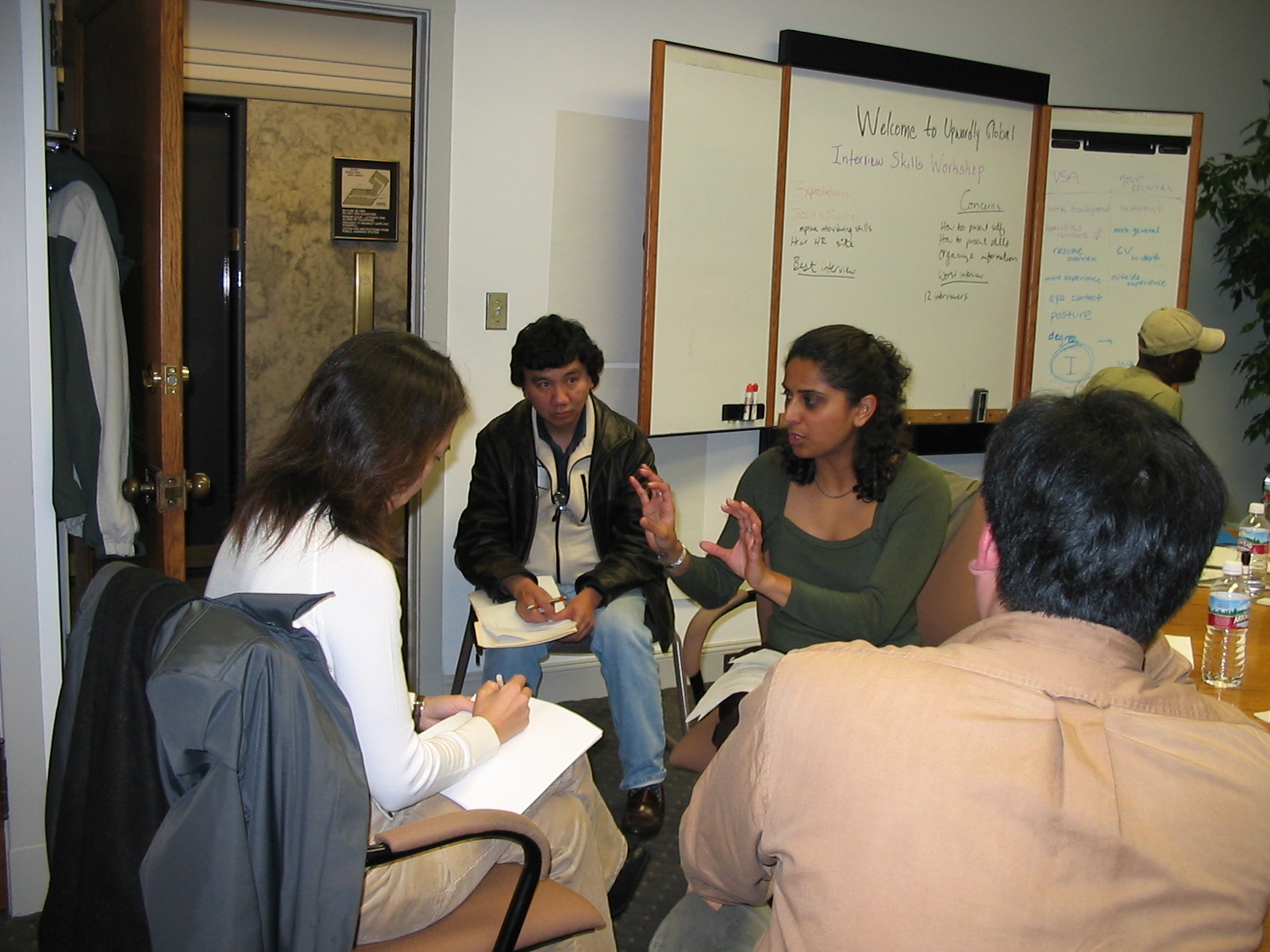You prepped your résumé, memorized your elevator pitch, and even Googled the CEO’s favorite TED Talk. You walk into the interview feeling ready. And then they hit you with that question—the one that makes your brain short-circuit and your soul momentarily leave your body.
We’ve all been there. Whether it’s “Tell me about yourself” or “What’s your biggest weakness?”, these questions sound innocent but are secretly designed to trip you up. The worst part? Most people think they nailed them—until the rejection email hits with a cheery “We’ve decided to move forward with another candidate.” Brutal. So, let’s fix that. Below are 12 of the most deceptively tricky job interview questions, the reasons people flub them, and exactly how to turn your answers from meh to hire me now.
1. Tell Me About Yourself
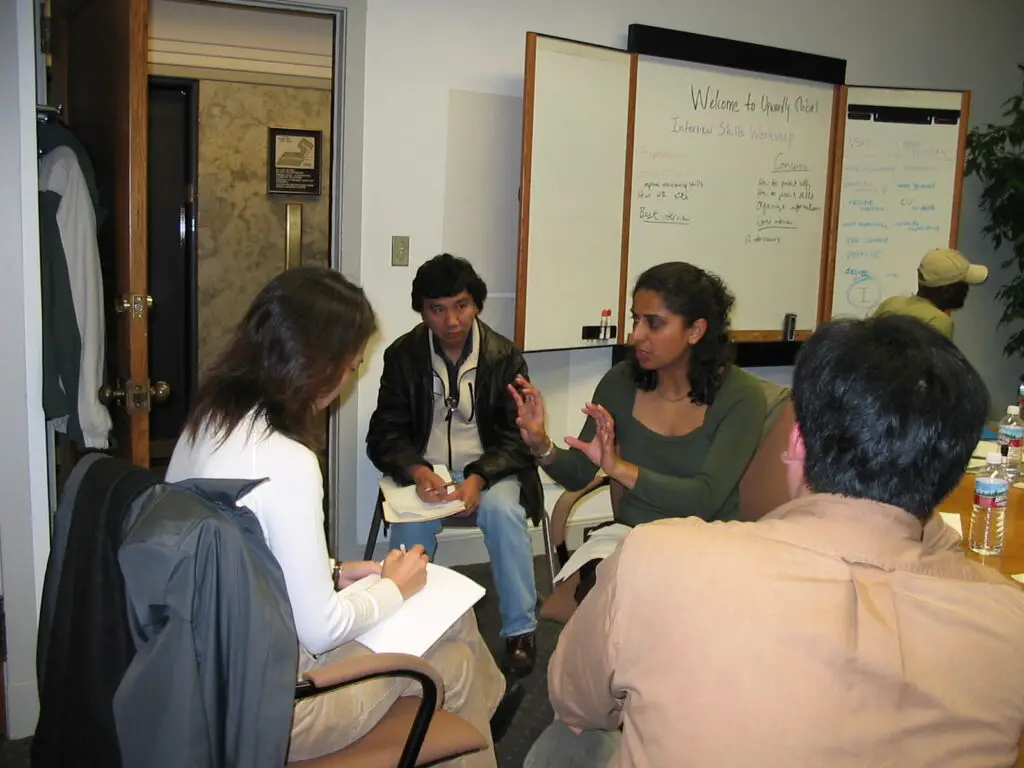
This innocuous opener feels like a casual chat—until you realize you’ve got 60 seconds to sum up your entire career without sounding like a robot or oversharing your life story. According to Forbes, many people mistake this for a chronological autobiography, rattling off high school accolades and “summer jobs” that have zero relevance to the role at hand. The key is to craft a concise “elevator pitch” that highlights your top three career wins and ties them directly to what this new gig needs. Practice until it feels conversational, not canned—otherwise, you’ll come off as stiff or rehearsed.
Pause for a beat, then segue: “I’m a project manager who loves data-driven storytelling, which is why at Company X I built dashboards that cut reporting time in half.” Boom—relevant, memorable, and under two minutes.
2. What’s Your Biggest Weakness?

Nobody wants to admit they’re a total disaster—but answering “I’m a perfectionist” is overplayed and transparent. Journeyfront ran a study showing that 65% of candidates default to cliché weaknesses that raise red flags rather than demonstrate self-awareness. The trick? Choose a genuine skill gap (e.g., public speaking), explain how you’re proactively improving it (taking a Toastmasters course), and frame it as a work-in-progress rather than a fatal flaw.
In other words, ditch the “I care too much” trope and go for something real—but not crippling—and show you’re already taking steps to level up.
3. Why Should We Hire You?

This feels like an awkward sales pitch: “Pick me! Pick me!” Yet 72% of candidates can’t articulate their unique value proposition, according to the Indeed Career Guide. You need a three-part answer: your relevant skills, a quick success story, and why you’re excited about this company’s mission. If you only talk about yourself, you’re missing the “why us” piece—and that’s a one-way ticket to “thanks, but no thanks.”
Think of this like your personal highlight reel at an Oscars ceremony—except you’re the blockbuster everyone wants. Start strong by naming your top skill, hit them with a brief but juicy achievement (e.g., “I boosted customer retention by 20% in six months”), and finish by tying it to their vision (“I’m passionate about creating communities, which is why your platform’s focus on user engagement really excites me”). Throw in a dash of enthusiasm, and you’ll leave them picturing you as the star of their next big project.
4. Where Do You See Yourself in Five Years?

Interviewers aren’t testing your clairvoyance—they want to know if your career path aligns with their growth opportunities. Linkedin advises focusing on skill development and contribution, not lofty titles: “In five years, I hope to have honed my leadership skills and taken on larger cross-functional projects here,” rather than “I’ll be your VP of Everything” . This shows ambition tempered by realism, keeps you open to lateral moves, and assures them you’re not just here for a stepping-stone.
Avoid sounding like you’ve already booked your own corner office—you want to come across as excited about the journey, not just the destination. Paint a picture of how you’d level up: maybe you’ll mentor new teammates, spearhead an innovative initiative, or even lead a small task force. By sharing concrete goals—like mastering a new tool or presenting at industry conferences—you prove you’re forward-thinking and genuinely invested in the company’s future (and yours).
5. Tell Me About a Time You Failed

This behavioral classic trips up 58% of candidates who either dodge the question or end on a negative note, per The Harvard Business Review . The STAR method (Situation, Task, Action, Result) is your friend here—pick a real failure, describe the corrective action you took, and highlight the positive outcome or lesson learned. That way, you demonstrate resilience and growth, rather than shame or finger-pointing.
Pro tip: pick a failure that’s relatable and not catastrophic—think “missed deadline” versus “bankruptcy.” Frame it as a plot twist in your career story: “I once underestimated a project’s scope, which taught me the value of buffer time and clearer stakeholder check-ins.” Finish by showing how that lesson made you a stronger contributor—because who doesn’t love a comeback story?
6. What Are Your Salary Expectations?
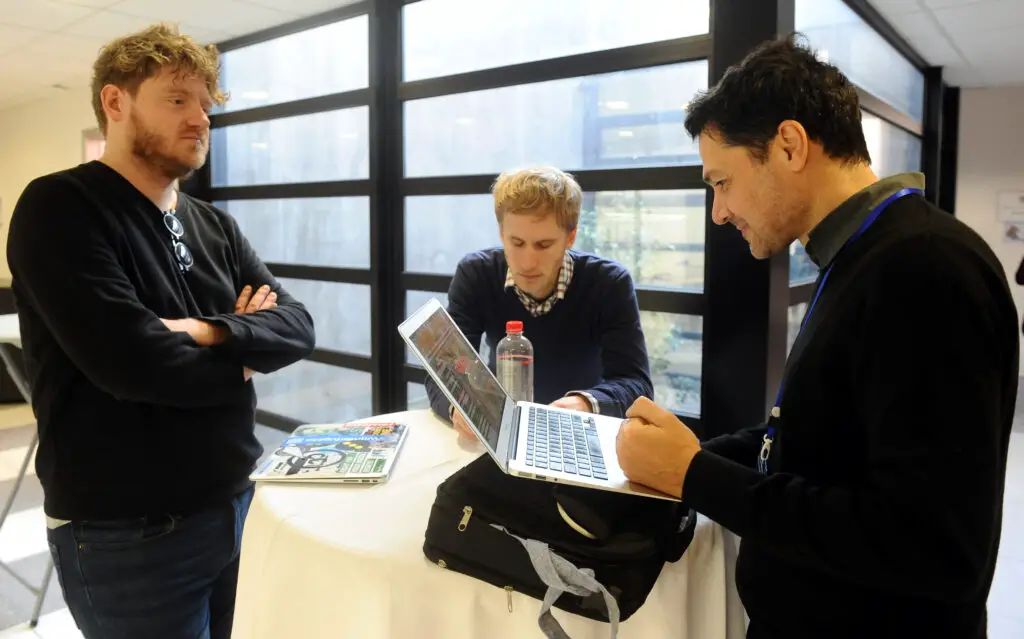
Bringing up salary too soon—or quoting an unrealistic figure—can kill your chances before you’ve even shown your worth. Instead, flip it: “I’d love to learn more about the role’s responsibilities before discussing compensation.” If pressed, give a broad range based on market research, then ask about the full package. This shows you’re informed but flexible—and not solely motivated by money.
Once you’ve planted your range, swiftly circle back to your enthusiasm for the role: “I’m really excited about the potential to contribute here, and I’m sure we can find a compensation package that aligns with my experience and the market standard.” That reassures them you’re in it for more than just a paycheck—and it keeps the conversation collaborative instead of confrontational.
7. Do You Have Any Questions for Us?
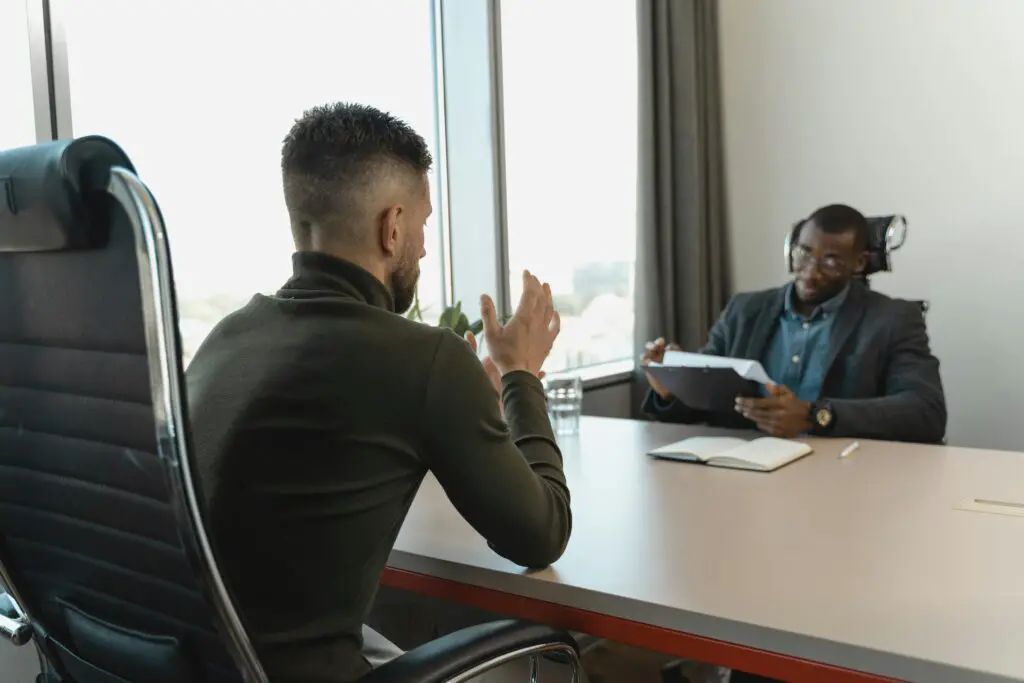
Silence here is death. Not having questions makes you look disinterested or unprepared. Always come armed with at least three thoughtful queries—about team culture, success metrics, or upcoming projects. It demonstrates enthusiasm and helps you evaluate if the company truly fits your career goals.
Level up your questions by making them specific to what you’ve learned in the interview: “How do you measure success for someone in this role after the first 90 days?” or “What’s one challenge the team overcame recently?” This shows you’ve been actively listening and that you care about real impact—not just ticking boxes.
8. Why Did You Leave Your Last Job?
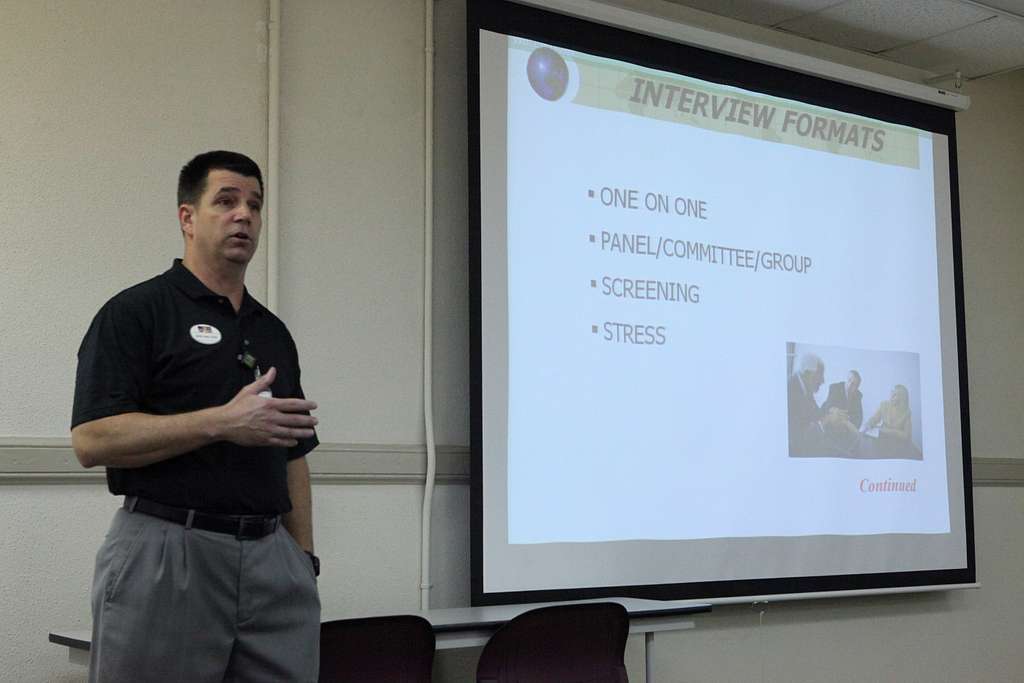
Whether you resigned, were laid off, or got downsized, your answer should stay positive and forward-focused. Avoid bad-mouthing former managers or companies; instead, emphasize your desire for new challenges or alignment with your career path. This keeps the tone upbeat and shows professionalism.
Think of this like a breakup announcement on social media—it’s okay to acknowledge growth and change, but keep the vibes good. Say something like, “I loved my time at Company X, but I’m looking for opportunities to deepen my UX design skills, which is why I’m so excited about this role.” This way, you sound proactive, not bitter, and you reinforce why this new job is the perfect next step.
9. How Do You Handle Stress?

Everyone faces pressure at work, so your answer needs specifics—don’t just say “I thrive under pressure.” Talk about real tactics: time-blocking your calendar, prioritizing tasks with a triage matrix, or stepping away for a quick walk to clear your head. Concrete strategies reassure the interviewer that you won’t crumble when deadlines loom.
Then sprinkle in a quick anecdote: “Last quarter, when we launched three product updates in two weeks, I used daily stand-ups to track progress and took 10-minute breathing breaks to reset my focus. It helped me stay sharp and my team appreciated the check-ins.” This shows you don’t just manage stress—you actually channel it into productivity.
10. Describe Your Ideal Work Environment

You need to balance honesty with fit. If you’re in a high-tempo startup but crave deep focus time, acknowledge that while highlighting your strategies for managing interruptions. Saying “I need total quiet” might not align with an open-office team culture. Show that you can adapt and still deliver results.
Go a step further by showing how you can contribute to that environment: “I love brainstorming in a collaborative space and then carving out afternoon ‘quiet hours’ to dive into data analysis. It keeps the creative energy flowing without sacrificing my deep-dive work.” This paints you as both a team player and a self-manager—perfect combo for most modern offices.
11. Tell Me About a Time You Disagreed With Your Boss
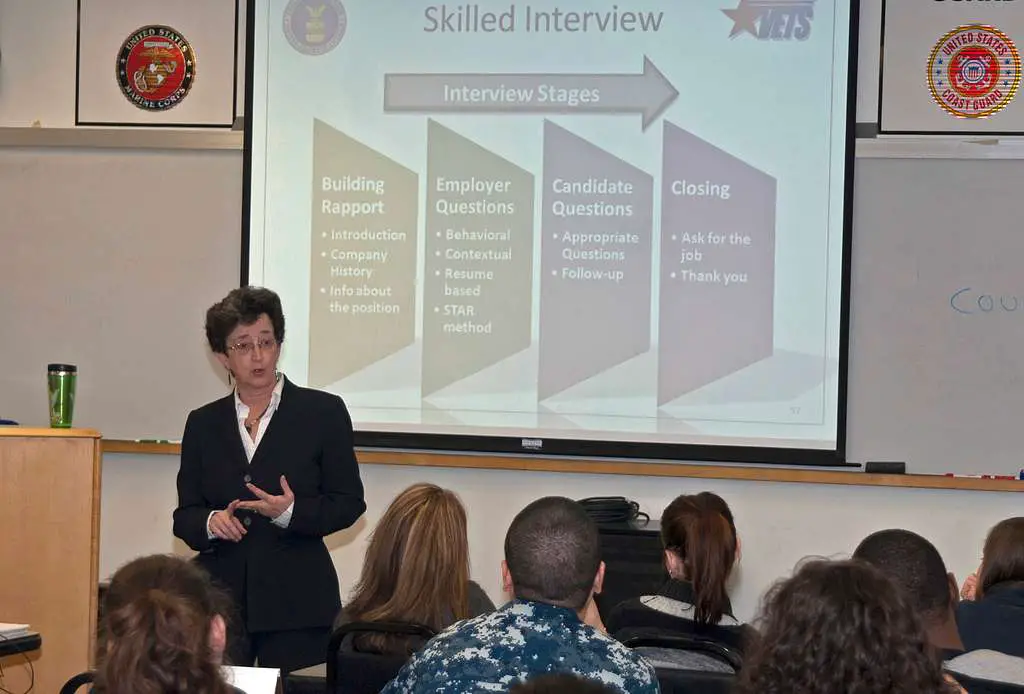
Conflict can be a minefield—but handled well, it showcases diplomacy and communication skills. Pick an example where you respectfully voiced concerns, proposed solutions, and ended up with a win–win outcome. This tells them you’re not a pushover, but you’re also not a fire-starter.
Make sure to emphasize mutual respect: “I scheduled a 1:1, shared my data-backed perspective, and suggested A/B testing our approaches. We reviewed the results together, and it ended up improving our campaign’s click-through rate by 15%.” That way, you show you value collaboration and evidence over ego—qualities every manager loves.
12. What Motivates You?
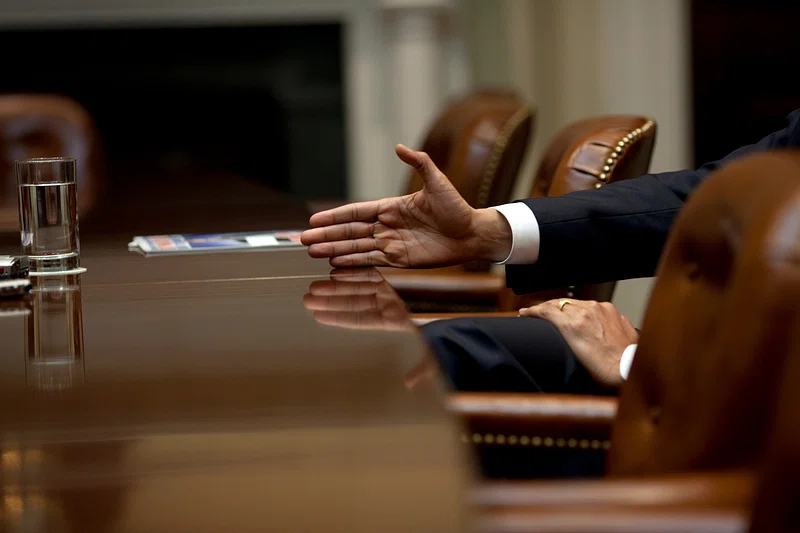
Generic answers like “I’m motivated by success” don’t cut it. Drill down: maybe you get a rush from solving thorny problems, mentoring junior teammates, or seeing data turn into actionable insights. Tailor your response to the role and company mission, and illustrate with a quick anecdote. This turns fluffy motivation into a concrete engine that powers your performance.
Close with how that drive aligns with this team: “Seeing a project go from zero to launch thrills me, which is why I’m so drawn to your upcoming product rollout. I can’t wait to collaborate with your engineers and marketers to make sure we hit every milestone—fast.” Boom—now you’re not just motivated, you’re motivated here.

